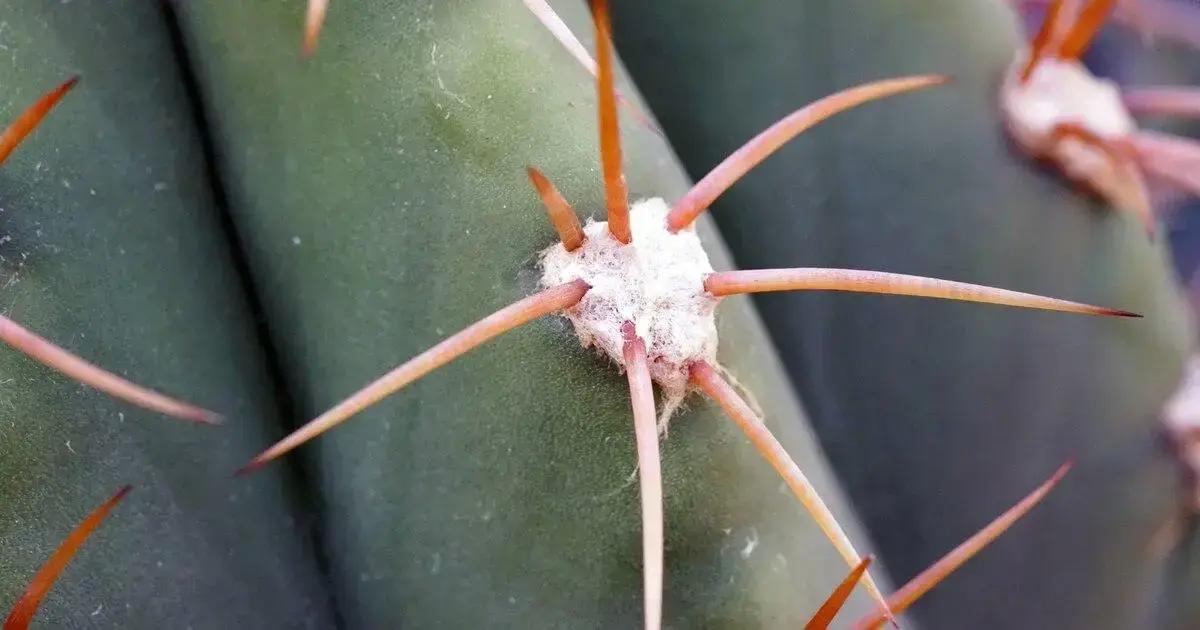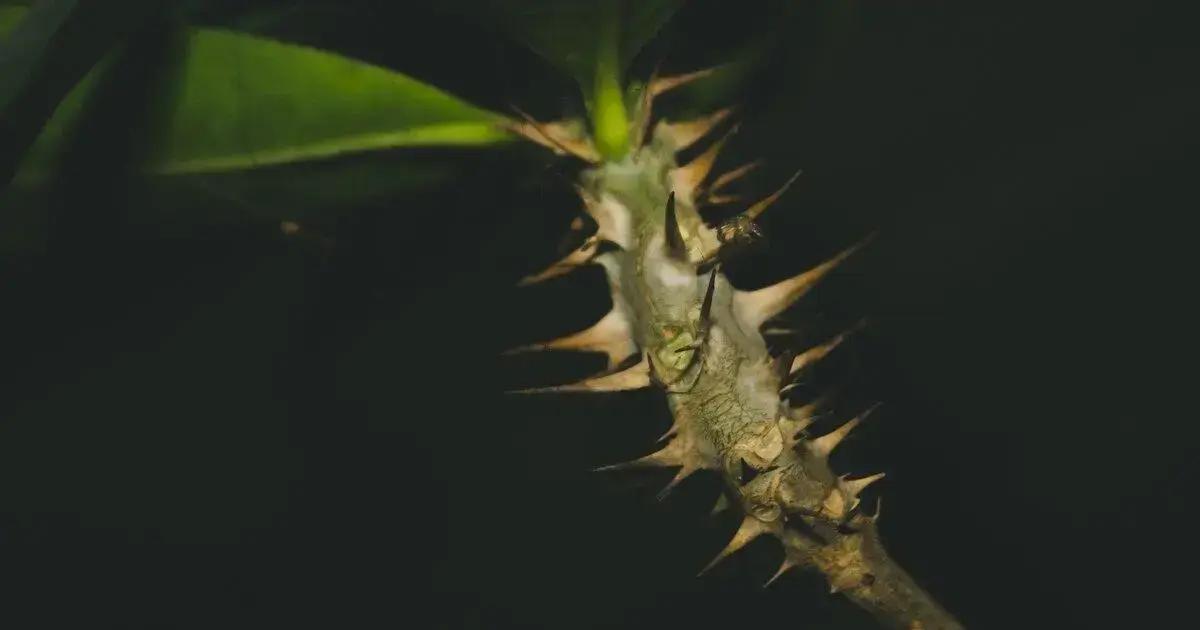How to Care for a Crown of Thorns Plant: 5 Essential Tips for Health
How to care for a crown of thorns plant is a question many plant lovers ask. With its stunning blooms and resilience, this plant can thrive with the right techniques. If you’re eager to nurture this beauty, understanding its specific needs is essential. Let’s explore how you can provide optimal conditions for your crown of thorns plant.
Table of Contents
ToggleEssential watering tips for your crown of thorns plant
How to care for a crown of thorns plant involves understanding its specific watering needs to keep it healthy and thriving. This plant, known for its striking flowers, can tolerate drought but requires proper attention during watering to maintain its lush foliage.
Understanding watering frequency
When considering how often to water your crown of thorns plant, keep in mind the following guidelines:
- Water approximately every 2-3 weeks during the growing season (spring and summer).
- Reduce watering frequency to once a month during dormancy (fall and winter).
- Always check the soil moisture level before watering.
Preparing the right soil
Using the right soil mix is essential for effective watering. A well-draining soil mix is optimal. You can create a simple mix by combining:
- Two parts potting soil
- One part sand
- One part perlite
For more detailed insights, consider exploring indoor gardening techniques.
Signs of overwatering versus underwatering
It’s important to recognize the symptoms of improper watering:
- Overwatering: Yellowing leaves, soft stems.
- Underwatering: Wilting leaves, dry soil.
Best practices for watering
- Water thoroughly until it drains from the bottom of the pot.
- Allow excess water to drain completely to avoid root rot.
- Use room temperature water to avoid shocking the plant.
By following these essential watering tips for your crown of thorns plant, you’ll ensure its growth and vibrancy. Remember that adaptation to specific conditions is key to maintaining health.
The best soil and light conditions for healthy growth

The best soil and light conditions for healthy growth are crucial for the vibrant development of your crown of thorns plant. This species thrives when provided with the right environment, including soil that drains well and ample sunlight.
Choosing the right soil mix
For your crown of thorns to flourish, select a soil that promotes drainage and aeration. Here are some ideal components:
- Cactus potting mix, known for its excellent drainage properties
- Succulent blends that prevent root rot
- A self-made mix of potting soil, sand, and perlite (two parts soil, one part sand, one part perlite)
For guidance on soil needs, check out exploring indoor gardening techniques.
Light requirements for optimal growth
Light conditions play a vital role in the health of your crown of thorns plant. Here are some tips:
- Provide at least 6 hours of direct sunlight each day.
- Position your plant near a south or west-facing window for maximum exposure.
- Monitor for signs of too much direct sunlight, which may scorch the leaves.
Signs of inadequate soil and light conditions
Recognizing when your plant needs better conditions is essential:
- Pale or yellowing leaves: May indicate insufficient light.
- Stunted growth: Can be a sign of poor soil quality.
By ensuring your crown of thorns plant has the best soil and light conditions, you’re taking significant steps toward fostering its health and beauty.
Pruning and pest control strategies for crown of thorns
Pruning and pest control strategies for crown of thorns are essential for maintaining the health and beauty of your plant. Regularly caring for your crown of thorns not only enhances its appearance but also helps to prevent disease and pests that can impede its growth.
Importance of pruning for growth
Pruning is vital for promoting air circulation and shaping the plant. Here are some key reasons to prune:
- Encourages bushier growth, leading to more blooms.
- Removes dead or damaged branches, preventing disease spread.
- Improves light penetration, allowing lower leaves to thrive.
Start by pruning in early spring before new growth begins. Use clean, sharp scissors and cut just above a leaf node.
Pest management strategies
Common pests that affect crown of thorns include aphids, mealybugs, and scale. Here are effective strategies for pest control:
- Regularly inspect your plant for signs of pests.
- If found, gently wash the leaves with soapy water to remove them.
- Use insecticidal soap or neem oil for severe infestations.
Preventative measures
To keep your plant healthy, consider employing these preventative tactics:
- Avoid overcrowding your plants to ensure proper air circulation.
- Isolate new plants for a few weeks to avoid introducing pests.
- Maintain proper watering practices to reduce stress on the plant.
Implementing these pruning and pest control strategies for your crown of thorns will ensure a vibrant and flourishing plant.
In conclusion
Caring for a crown of thorns plant successfully requires understanding its unique needs regarding watering, soil, light, pruning, and pest control. By following the essential tips we’ve outlined, you will create an environment conducive to healthy growth and stunning blooms. Remember that regular maintenance and vigilance against pests are key to a vibrant crown of thorns. For further guidance, consider exploring additional tips on enhancing your indoor garden.

